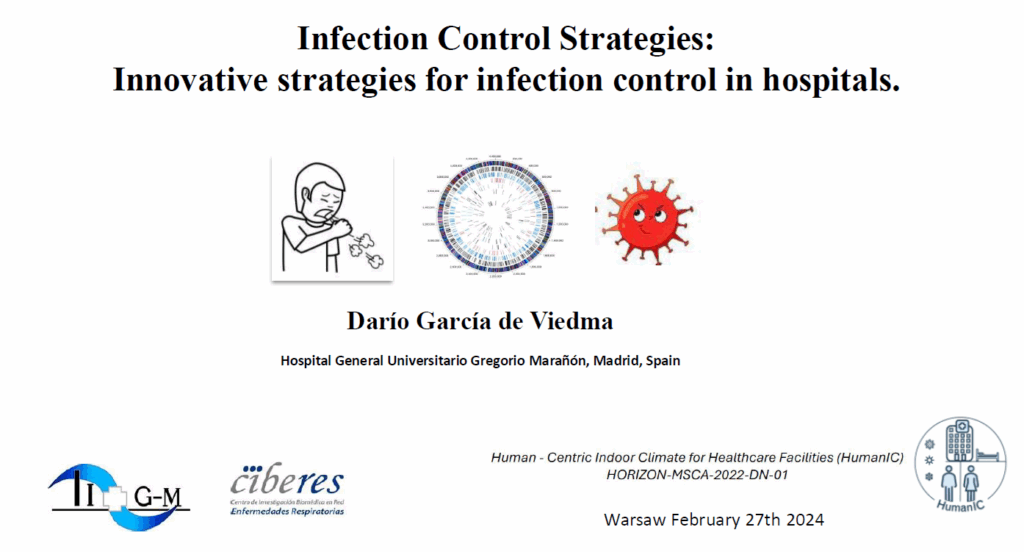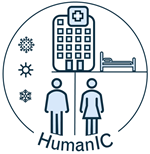This presentation explores how genomic epidemiology can revolutionize infection control in hospitals by enabling precise tracking of nosocomial transmission, identifying outbreak patterns, and informing tailored interventions.
Core Concepts:
- Genomic Epidemiology in Infection Control: Uses whole genome sequencing (WGS) to detect transmission clusters and differentiate between related and orphan cases. Helps establish SNP thresholds (e.g., <5 SNPs = likely cluster) to define outbreaks for pathogens like Mycobacterium tuberculosis, SARS-CoV-2, Pseudomonas aeruginosa, and Serratia.
- Outbreak Analysis & Management: Enables rule-in/rule-out decisions for suspected hospital outbreaks. Detects complex, overlapping, or cross-departmental outbreaks. Real-time analysis allows rapid response, e.g., isolating infected individuals or reinforcing control measures.
- Multidisciplinary Workflow: Combines genomic data with epidemiological investigation. Involves collaboration between microbiology, infection control, hospital management, and occupational health teams.
- Technological Implementation: Utilizes platforms like Illumina and Nanopore for sequencing. Demonstrated capability to process hundreds of sequences per week and return results within 72 hours.
- Examples of Applied Genomic Surveillance: Outbreaks of MDR/XDR Pseudomonas aeruginosa in hematology and ICU settings. Tracking Serratia transmission via unexpected routes (e.g., breast milk donation). Identification of multi-institutional and cross-ward outbreaks.
- Innovative Tools: Introduction of Targeted PCR assays (e.g., TRAP – Targeted Regional Allele-specific PCR) to enable rapid pre-identification of high-risk strains in clinical settings.




